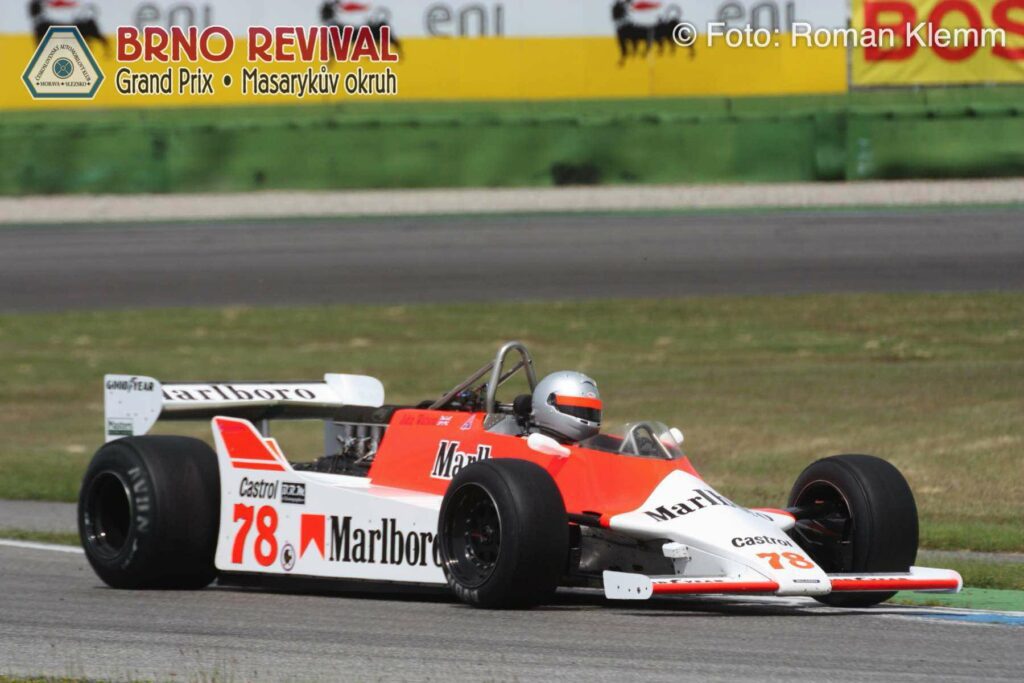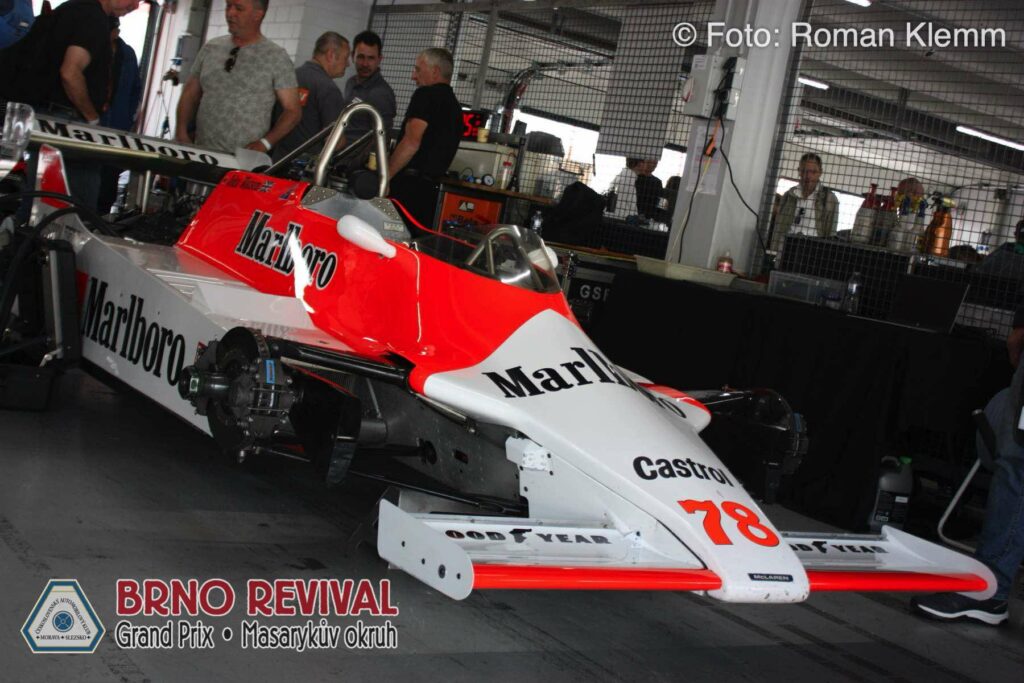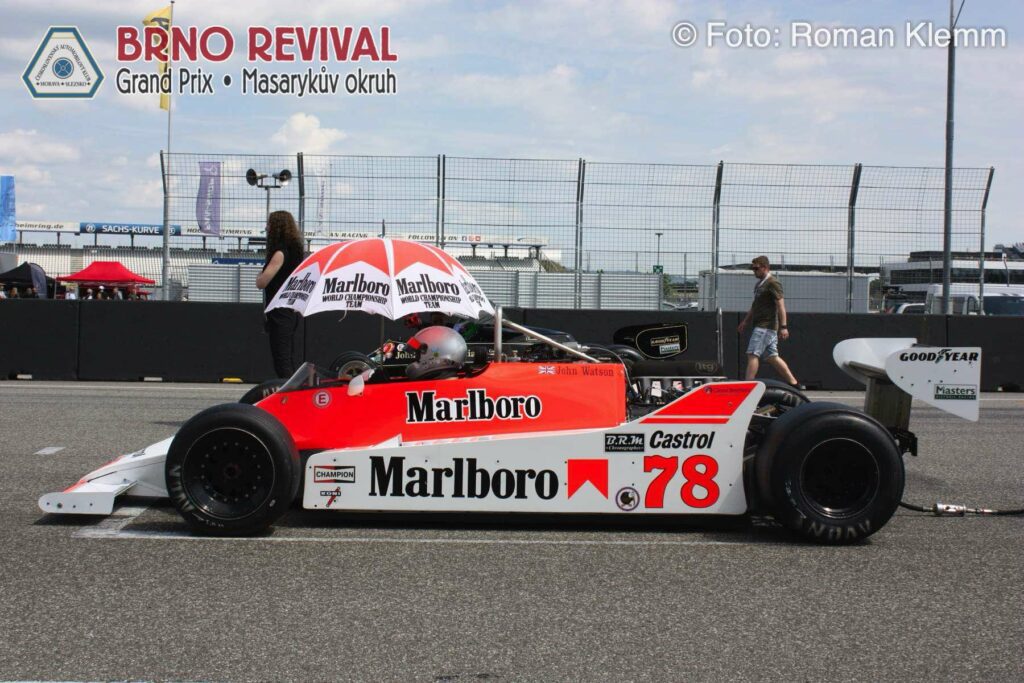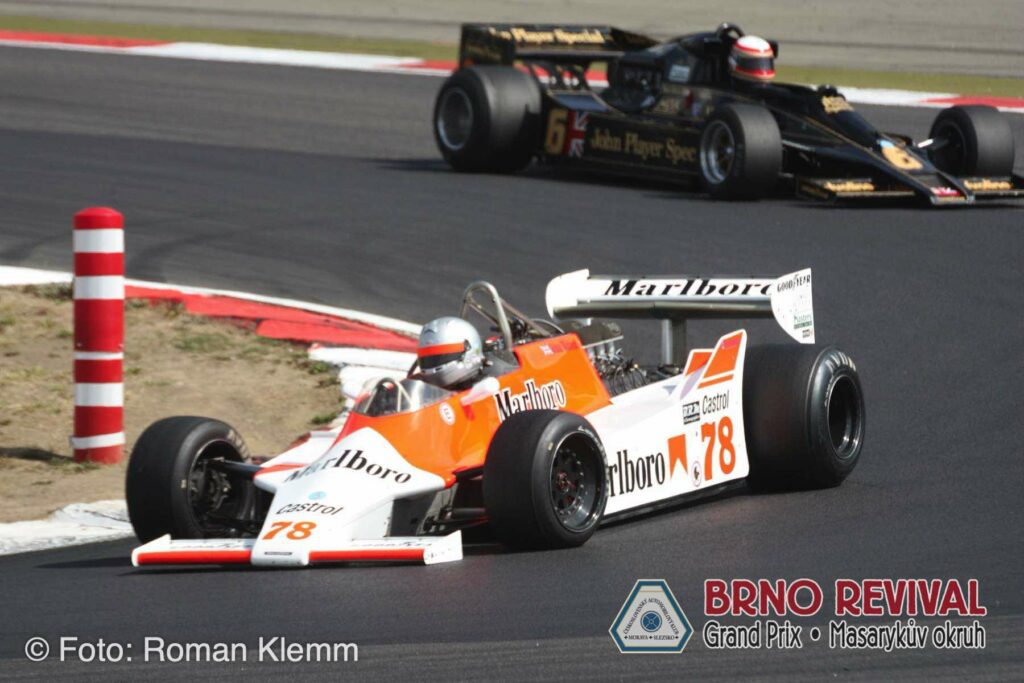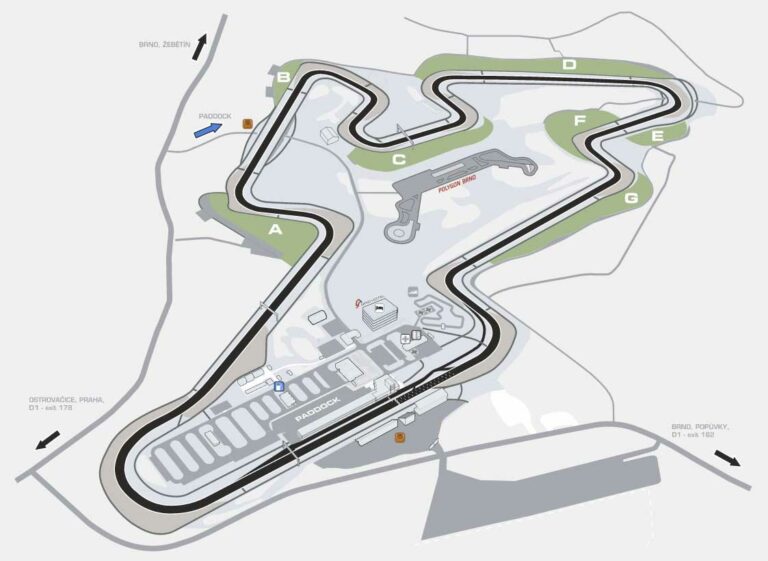McLaren-Ford M29
Text and photo: Roman Klemm
Designer Gordon Coppuck did indeed design the McLaren M23, which drove Emerson Fittipaldi and James Hunt to titles, as well as the M26 successor, which was enough to win the Grand Prix and was also responsible for the M19, which won at Indianapolis - the transition to the wing-car era, but The Englishman first fell asleep and then somehow didn't understand. With its first model using the venturi suction effect (the M28), the successful "Marlboro Team McLaren" of 1979 fell so quickly into the middle of the field that Coppuck had to go back to the drawing board during the year and quickly design "something better": the McLaren M29. John Watson demonstrated this simple "copy of the Lotus 79" for the first time at Silverstone in July, where he immediately finished 4th. However, the M29 was far from enough for the then dominating Williams and Ferrari. By the end of the year, the Irishman scored three more points, colleague Patrick Tambay remained at zero.
Surprisingly, the Teddy Mayer-led team did not build a new car for the 1980 season – so Watson and debutant Alain Prost plodded on with this obviously uncompetitive model. When even the new M30, which was allowed to pilot Prost at the end of the season, did not mean an improvement, the influential sponsor Marlboro had enough: He replaced the leadership of McLaren. The stable was renamed McLaren International, the hard-working Ron Dennis was installed at its top, and John Barnard was appointed as the new chief designer.
The M29 type became famous mainly because it basically represented the "last nail in the coffin" of the basic assembly of the Anglo-New Zealand company McLaren. Dennis and Barnard then really took the brand into a new, even more successful era…
Warren Briggs is trying to repair the reputation of the Mclaren M29 in the F1-Masters. He happens to be from New Zealand, like brand founder Bruce McLaren.



